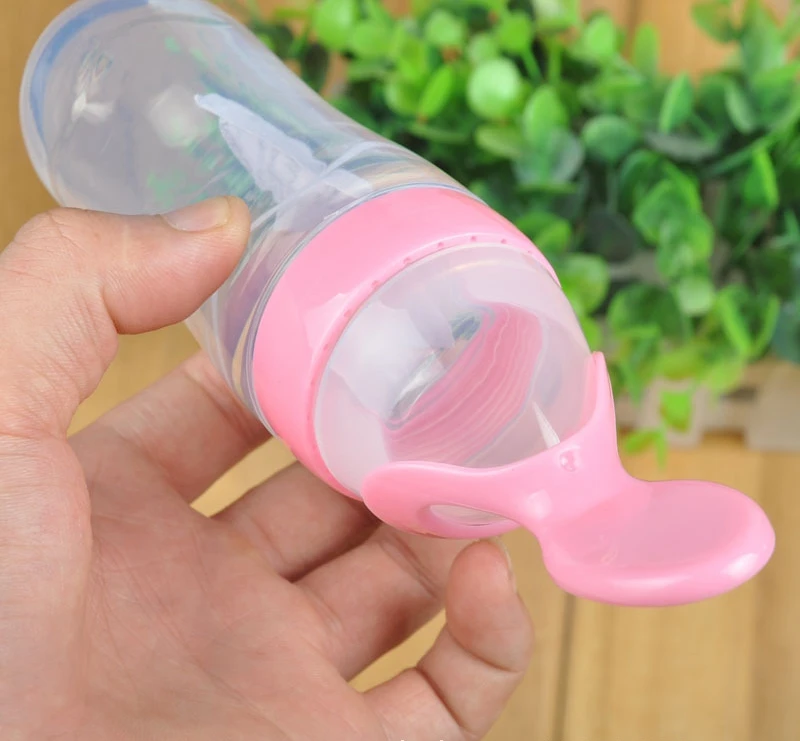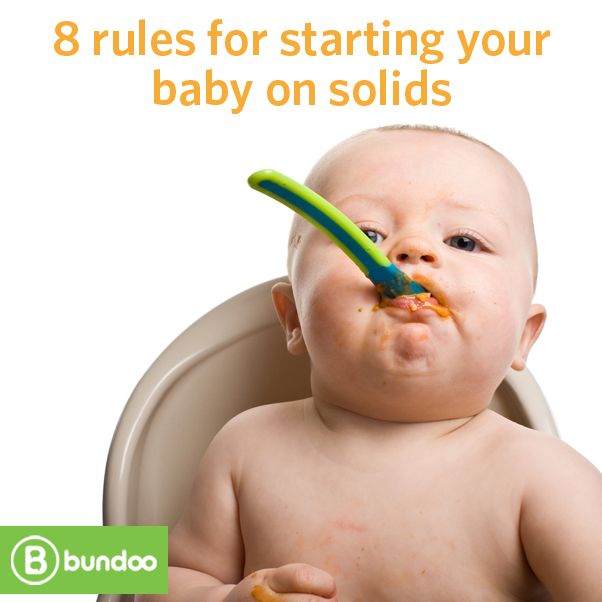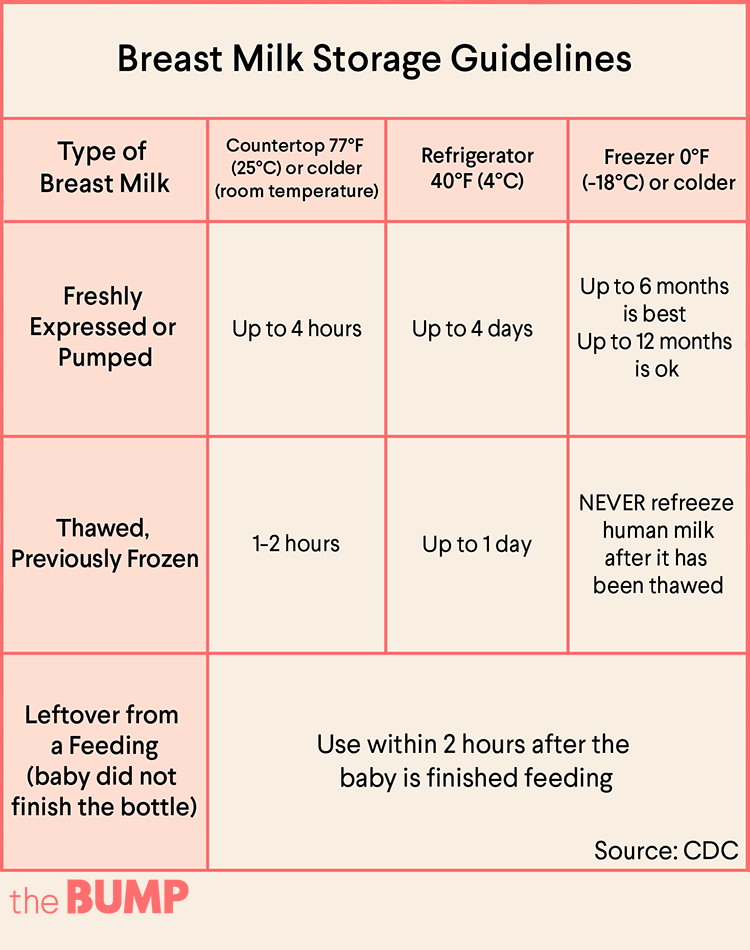Baby safe feeder silicone
5 Best Silicone Baby Food Feeders To Buy 2020
A baby feeder is used to introduce solid food to babies without worrying about the risk of choking.
A food feeder looks pretty similar to the shape of a baby pacifier but much bigger than that.
The food feeder comes with either a mesh or silicone pocket where you fill your solid food in.
Every food feeder comes with a cover that closes at the bottom to hold the food inside the pocket.
The food feeders also feature an easy to grip handle for babies to hold and gnaw the food. Some food feeders have a cover that goes over the pocket for hygiene.
Table of Contents
How Do Baby Feeders Work?
Food feeders serve a pretty simple purpose and are not complicated to use.
- Choose some age-appropriate food you want to feed your baby
- Clean the baby feeder
- Open the lid and put the solid food inside the mesh or silicone pocket
- Close the lid, remove the cover (if your feeder has one)
- Hand it over to the baby and watch them make funny faces while trying new foods.
- Once they are done, dump the excess food, wash, dry and repeat.
Sounds simple, right?
Are Food Feeders Good For Babies?
There are a million baby gadgets in the market today, and you are probably wondering if you need one more. Hear me out.
I swear the baby feeders are AWESOME! For the price they cost, they do a fantastic job, and babies enjoy them.
Here are 5 reasons why you need a baby feeder.
1. Teething:
If you have a teething baby, then you might already know that teething babies love to bite on everything. Baby feeders, especially when served with cold food, can be soothing to aching gums and relieve their teething pain.
If your baby has not yet started solids, then you can fill the feeder with frozen breast milk or formula ice cubes.
2. Prevents Choking:
One of the scariest things that I faced while introducing solid food to my babies was when they started to gag or appeared to choke.
By using food feeders, you are not exposing your infant to big portions of food particles, which creates a safe feeding environment for them to try new food.
3. Develop Motor skills:
Food feeders encourage babies to practice self-feeding. It develops the hand-eye coordination that is needed to master spoon or finger feeding.
4. Keep Them Busy:
This has to be my favourite reason!
When I ran out of ways to keep them busy, I would just put some frozen fruit in the baby feeder and hand it over to them.
They happily enjoy their snack while I get some time to finish my work.
5. Sensory Experience:
Food feeders also provide a good sensory experience which babies love. It also instils a positive attitude towards trying new food.
Silicone or Mesh? Which one to Choose?
I am 100% team silicone, and I would highly be using silicone feeders because they are easy to clean and a plastic-free option to use.
Mesh feeders are a pain to clean, food gets stuck in between the mesh, and it is challenging to get them out.
I tried mesh feeders before; I was naive enough to try them with bananas. I let them sit on the counter before washing them.
I let them sit on the counter before washing them.
Let’s say that I had to throw the mesh feeder away; I went and bought a silicone feeder and never looked back again.
If you still want to try mesh feeder, then munchkin ones are hands down the best.
Best Silicone Baby Feeders:
1.Boon:
BUY NOW
Boon is one of my favourite brands. They really care about their customers and only use safe materials to make their products.
Their silicone feeder is particularly my dearest. The feeder itself is made of soft, food-grade silicone with small holes through which your baby can taste the food.
It comes with a firm handle for babies to grab and enjoy their treat.
Boon feeder was perfect when we started with solids and was great relief during the teething phase.
Some parents complain that they find it small, I did not find it so and you can always refill and offer seconds if they want more.
I did find that my kids had a hard time getting any solid food like solid apples out of the boon feeder, so I always offerred food that were soft and juicy like berries.
2.Kids Me Food Feeder:
BUY NOW
Kids me feeder comes very close to Boon feeder for me. For serving at home, I usually alternated between both Boon and Kidsme.
When I am out and about, Kidsme was the winner for various reasons.
1. Boon does not come with a cover, but Kids me does. You can easily keep the feeder closed, hygienic using the cap.
2. Kidsme feeder also comes with a hole between the handles that attach to clips or holders to prevent dropping on the floor.
3. Kidsme comes in two different sizes, medium and large; you can use the appropriate size based on your baby’s age.
4. My babies seem to love the double handle, and they found it easier to grab them with both the hands.
The sac itself is made from food-grade silicone and FDA certified. You can also buy replaceable silicone sacs to use instead of buying the whole feeder if you want.
The textured silicone sac is also great for teething babies. Seriously, it is a lifesaver when you offer chilled or frozen foods in this feeder.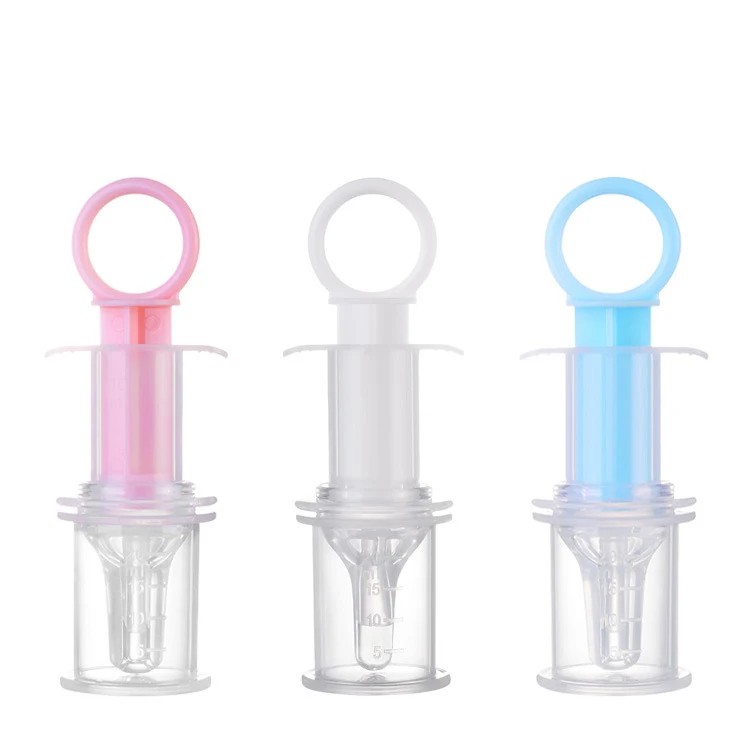
Your babies will thank you and may even reward you with 30 minutes of fuss-free time.
3. Ashtonbee Baby Feeder:
BUY NOW
AshtonBee Feeder looks pretty similar to Kidsme. AShtonBee also comes with a cap to cover the silicone sac and a safety lock that ‘clicks.’
Ashtonbee is marketed as a silicone feeder and pacifier because it clams your child down during teething pain.
The silicone sac itself is food-grade silicone that is free of BPA, Lead, Petroleum, Phthalates, so it is safe for your baby to nipple.
4.Nature Bond Fruit Feeder:
BUY NOW
If you dislike the idea of buying different size feeders as your baby grows and wondering if there is a product that grows with your baby, then Nature Bond food feeder is where it is.
You get two pack baby feeders, and it comes with 3 different pair of sizes-small, medium and large.
The sac is made of food-grade silicone that is BPA Free, Latex Free, Phthalates Free, and Lead-Free.
Nature bond feeders come in fun colors (think candy!) that your kids will love.
5. Moss and Fawn Forage Feeder:
BUY NOW
We at ANM, love supporting mom businesses and that’s why this brand is special to me. Sofia, the owner of Moss and Fawn, sent me her forage feeder to try and I loved it.
Please note that I only received the product for free; I was not compensated to write this post; all opinions are my honest views.
The product comes with a feeder and three silicone sacs that grow with your baby.
The forage feeder comes neatly packed in a cloth bag and also contains a booklet that guides on how to use the feeder and offers suggestions on best foods to try.
I love the company how this brand believes in sustainability and makes a conscious choice at every step of making the product.
Their packaging is recyclable, the booklet is printed in a wind-powered facility, and printed with vegetable ink on recycled paper.
They also use 100% cotton bags to pack their feeder and 100% natural wood strands as filling that are easily compostable.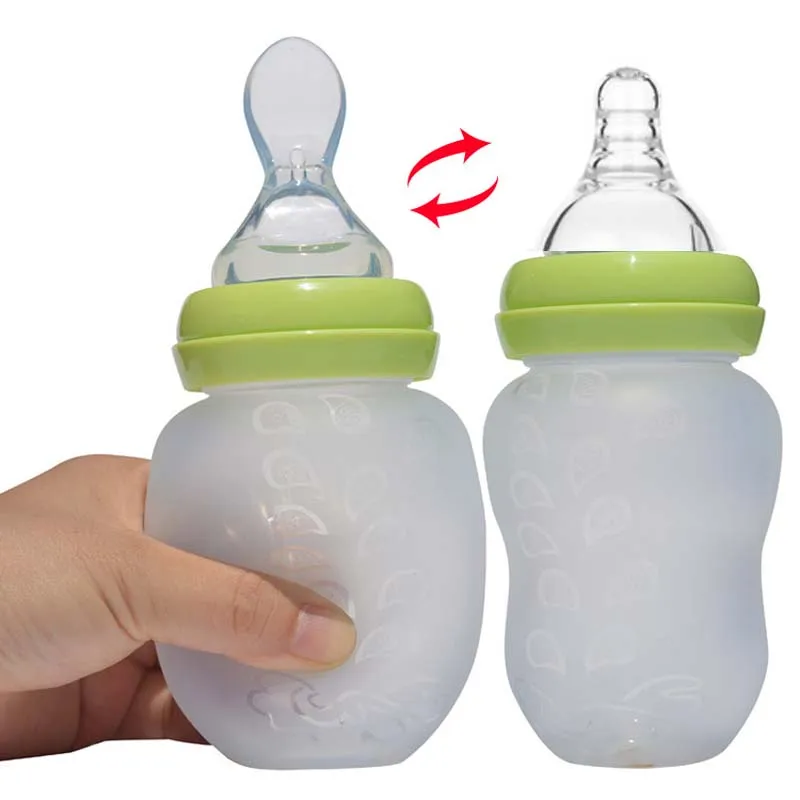
The forage feeder is made of safe, non-toxic food-grade silicone, tested free of BPA, PVC, Phthalates, and Lead and is also FDA and CPSIA compliant.
Yay! for this company for looking out for your baby and the environment.
Let’s Wrap Up:
Silicone feeders are safer and easier than using mesh baby feeders, in my opinion. They are perfect to introduce solid foods to your baby and works wonders during teething.
Not all silicone feeders are made the same, though. It is important to look for one that is made with food grade silicone without any fillers.
Also, I highly recommend using a one that is free of unwanted chemicals like BPA, phthalates, lead and pvc.
Considering all the above points,
Here is my list of Best Silicone feeders to Buy (2019):
- Boon Silicone Feeder
- Kids Me Food Feeder
- AshtonBee Feeder
- NatureBond Food Feeder/ Pacifier
- Moss and Fawn Forage Feeder.
Did you use any food feeder? Which one did you use and how did you like it?
Sharing is caring!
111 shares
Ultimate Guide to Baby Feeders: Mesh and Silicone
You may have seen baby feeders, whether mesh or silicone, and wondered what they are for.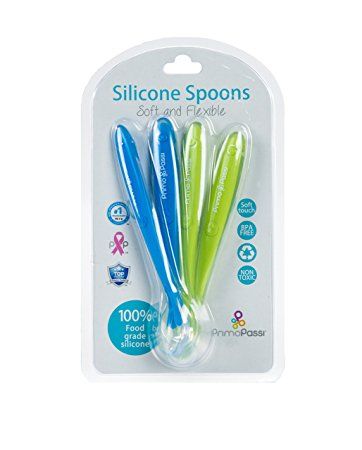 They are a great tool for feeding babies and toddlers—and are especially awesome for teething relief. There are many on the market though, so today I’m sharing the best of the best.
They are a great tool for feeding babies and toddlers—and are especially awesome for teething relief. There are many on the market though, so today I’m sharing the best of the best.
Baby Feeder
A baby feeder is made up of an easy-hold handle and a little pouch with lots of holes. The idea is that the holes allow some of the flavor and texture of the food to come out, without the concerns that may come with larger pieces of food.
This means you can worry less when it comes to choking risks.
One thing to keep in mind: They don’t allow babies to have the full texture experience of the food—since the texture is mostly the mesh of the feeder. That means you don’t want to use one of these for every meal (or even most meals).
Lots of exposures to lots of textures helps babies and toddlers gain confidence in handling all sorts of foods, which can make feeding kids a lot easier over the long run.
But an infant feeder can be a handy tool to have in the mix, especially if on the go, starting to transition to baby food, or trying out a new food that has you a little nervous.![]()
And they are a great way to offer cold teething relief to soothe baby’s gums.
Baby Fruit Feeder
Many people like to use baby feeders to offer fruit, either fresh or frozen, since the product is a safe way for baby to suck on and explore the flavor of a wide range of fruit.
TIP: Another name for this is Baby Fruit Pacifier.
Best Baby Food Feeders
Below are my top picks for infant feeders chosen for ease of use, durability, and ease of care (as in washing!). There are different materials listed, as well as specific information on each product.
Best Mesh Feeder
Munchkin Baby Feeder, sold in a set of two. (Or choose the ones that come with travel caps.)
This baby feeder has a streamlined, simple design of a mesh bag for the food and a ring for baby to hold onto. Small, digestible pieces of food come through so baby is getting some nourishment (and comfort if using for teething) without the risk of choking. It’s about $7 for two of them.
It’s about $7 for two of them.
Best Silicone Feeder
Boon Silicone Feeder
This baby feeder, which is priced at under $6, is made from durable silicone and can be used with fresh or frozen foods. The interior stem forces food toward the tiny holes in the feeder and the small handle is sized just right for baby’s little hands.
Kidsme Baby FeederBaby Feeder Pacifier Combo
Kidsme Food Feeder
This popular Kidsme feeder has a replaceable silicone pouch that comes in two sizes, so you can adjust and replace as your child grows. It has a unique handle style that some babies may prefer and can be used as a pacifier too. It’s usually priced around $15 and is recommended for ages 4-24 months.
What baby foods should I put into a baby feeder?
Here are some fruits that are good to serve in a baby feeder:
- Raspberries, fresh or frozen
- Strawberries, fresh or frozen
- Blackberries, fresh or frozen
- Cantaloupe
- Honeydew
- Banana
- Mango, fresh or frozen
- Roasted sweet potato
- Roasted butternut squash
- Ripe fresh pear
- Fresh cucumber, skin removed
- Watermelon
- Cooked red meat such as steak
- Frozen grapes (These are NOT safe served to a child this age in any other way as they are a choking risk.
 They are fine served inside the feeder, though.)
They are fine served inside the feeder, though.)
TIP: You can use frozen fruit or ripe fresh fruit that’s soft and easy to gum. Avoid any fruits or veggies that are very hard as baby may be frustrated by that texture.
Frequently Asked Questions
What age can baby use a mesh feeder?
Babies can use an infant feeder soon after starting solids around 6 months, or when they can easily hold it and bring it to their mouth.
How do I use a baby feeder to help with teething?
If you fill the feeder, whether mesh or silicone, with frozen fruit, you can soothe teething in infants who are eating solids or in toddlers. It’s cold and yummy, yet requires no real work for the child to suck on, so it’s comforting.
Are all of these baby feeders BPA-free?
Yes, if you choose a mesh baby feeder or one made from silicone, they are BPA-free.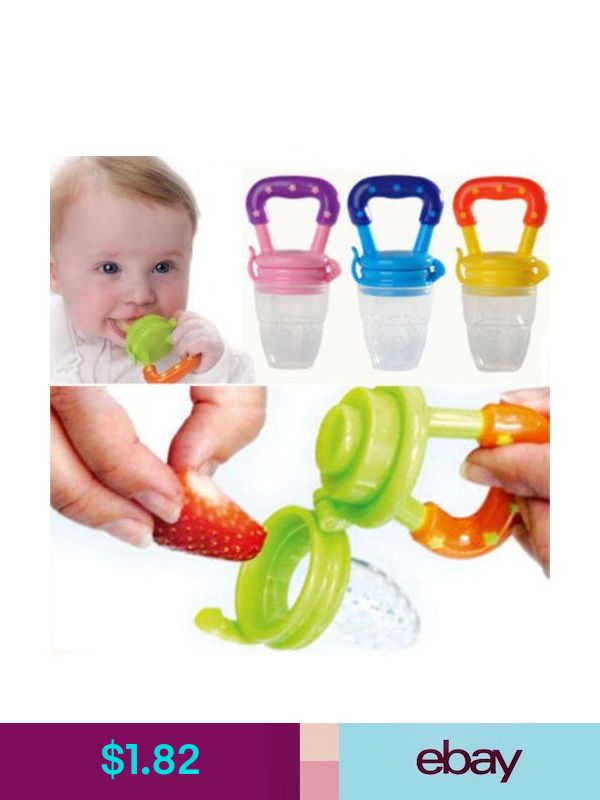
What’s the best way to clean a baby feeder?
Try using a bottle brush or just running water to clean out the mesh. It should be fairly easy to clean if you avoid letting it sit too long with food in it!
Are baby feeders good for babies?
The one downside could be that if you rely on them too much, the child learns the texture of the feeder, rather than of the food. This can make it harder for a child to learn to move actual food around in their mouths and harder for them to accept a range of textures in the future when you don’t want to be using the mesh feeder as much.
Because of that, I recommend using this product at limited times such as when on the go at a restaurant or to help sooth a teething infant, baby, or toddler.
This is not recommended as a way to feed your child at every meal.
If you are worried about choking, review this information on toddler choking and trust that if you serve foods that are easy to squish between your fingers, baby is sitting down at meals, and you are with them, they will learn to eat like so many other kids who have gone before them!
You May Also Like
- Best Baby Puffs
- Favorite Sippy Cups
- Best Snack Containers
- Best Lunch Boxes
- Favorite Suction Bowls
- Top High Chairs
I’d love to hear your thoughts on baby feeders in general or on these specific products, so please comment below to share!
This post was first published May 2019.![]()
Do-it-yourself feeder: help to the feathered defenders of the garden.
Winter is coming. A little more, and a snow blanket will cover the ground, and the temperature will drop to minus values. We made sure that the plants in our garden successfully overwinter. Now it's time to think about helping the birds, which protect trees and bushes, beds and flower beds on our estates from numerous pests in spring and summer. With the establishment of snow cover, it becomes more and more difficult to get food for birds that winter with us, and do not fly south. And, if at least one bird feeder is regularly replenished with bird food in each estate, many more birds will successfully survive the winter and chirp merrily in our gardens in the spring. nine0003
The main problem for birds in winter is not the cold, a feather coat copes with it. It is more difficult to maintain a high body temperature, which in healthy birds is about +40 ° C. The colder it is outside, the more the bird loses heat.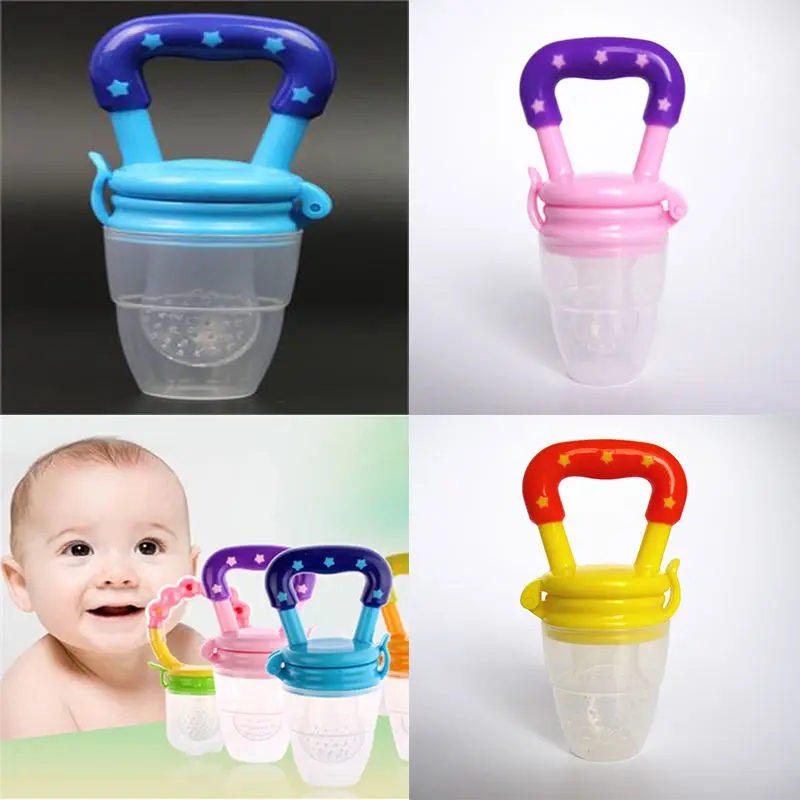 In order to produce it in sufficient quantities, feed must be in abundance. It is not easy for birds to find it in winter, and even in conditions of short daylight hours. And the help of people will be very helpful.
In order to produce it in sufficient quantities, feed must be in abundance. It is not easy for birds to find it in winter, and even in conditions of short daylight hours. And the help of people will be very helpful.
Regulars of bird canteens
In winter, there is no shortage of visitors in the feeding troughs arranged by people. The regulars of such canteens are tits and sparrows. The titmouse is a dexterous bird, it will master any feeder, even the so-called “sheller” - food suspended in a net or strung on a rod. Feed your tits, and in spring and summer they will look after your garden. A pair of tits is enough to protect as many as forty fruit trees. Birds will collect all the pests from them when they feed the chicks. (And they feed them about 350 times a day!) nine0003
Titmouse, puffballs, Muscovites, bullfinches, nuthatches, jays, robins, pikas and waxwings also fly to the feeders. Crows, jackdaws and magpies will not keep you waiting.
Feeders for every taste
The easiest solution is to buy a ready-made feeder. Manufacturers offer a variety of models made of plastic, wood and other materials. But you can make a dining room for birds on your own. Firstly, in this case, you will save money on the family budget, since the feeder can be made from improvised materials, which are in abundance in every home. Secondly, making a feeder can be an exciting time spent together with children, who, along with working skills, will receive a lesson in kindness, so that caring for our little brothers from childhood becomes the norm for them. And, thirdly, making a feeder will provide an opportunity to show creative imagination and create a useful thing that will also decorate your garden. nine0003
Manufacturers offer a variety of models made of plastic, wood and other materials. But you can make a dining room for birds on your own. Firstly, in this case, you will save money on the family budget, since the feeder can be made from improvised materials, which are in abundance in every home. Secondly, making a feeder can be an exciting time spent together with children, who, along with working skills, will receive a lesson in kindness, so that caring for our little brothers from childhood becomes the norm for them. And, thirdly, making a feeder will provide an opportunity to show creative imagination and create a useful thing that will also decorate your garden. nine0003
Bird feeder Umbrella 25x32x24cm wood
We offer several ideas for bird feeders. Perhaps you will use some of them or come up with your own model.
We use waste containers
Plastic bottles
The simplest feeders can be quickly made from containers that are left over from some foods and drinks. For example, excellent feeders will be obtained from plastic bottles of different capacities. If you glue a small plastic bottle, for example, on silicone sealant to a plastic saucer, having previously made several holes in the walls in its lower part and filled the container with a mixture of grain, sunflower seeds and oatmeal, you will get an automatic feeder that will not need to be replenished every day. The food on the saucer will be added gradually, as the birds eat it. The feeder can be hung anywhere or mounted on the branches of a tree or tall bush. The design can be supplemented with a round roof, which can be cut out of cardboard or other material and fixed at the neck of the bottle. nine0003
For example, excellent feeders will be obtained from plastic bottles of different capacities. If you glue a small plastic bottle, for example, on silicone sealant to a plastic saucer, having previously made several holes in the walls in its lower part and filled the container with a mixture of grain, sunflower seeds and oatmeal, you will get an automatic feeder that will not need to be replenished every day. The food on the saucer will be added gradually, as the birds eat it. The feeder can be hung anywhere or mounted on the branches of a tree or tall bush. The design can be supplemented with a round roof, which can be cut out of cardboard or other material and fixed at the neck of the bottle. nine0003
Silicone sealant MASTERTEKS PM universal 290ml transparent, art.9610081/9612911
Comfortable feeders are obtained from five-liter plastic bottles with handles. In the lower part on the sides, you just need to make a few holes through which the birds can get inside and gain access to the food.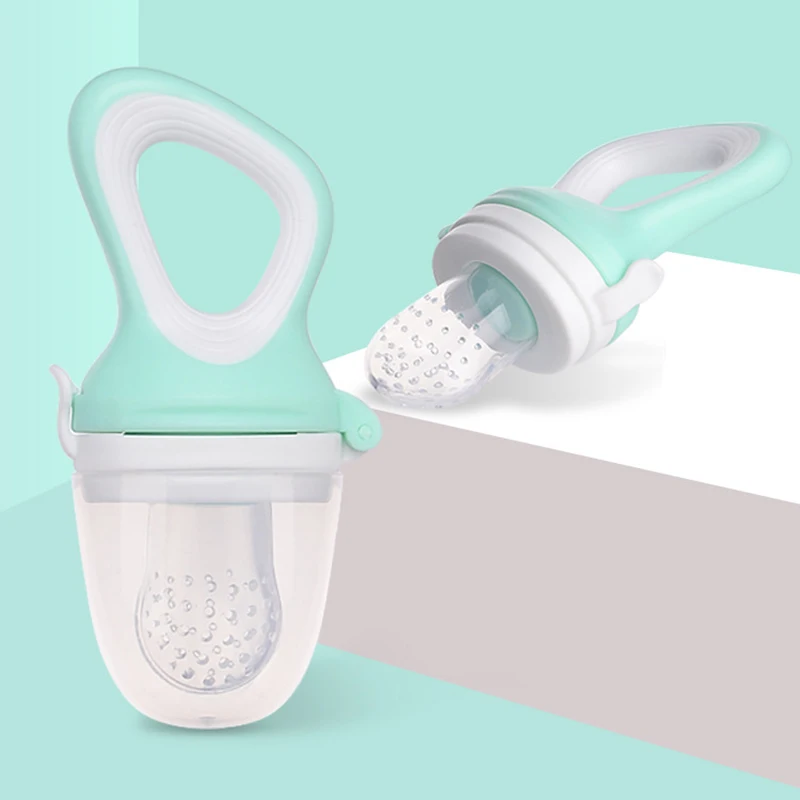 You will pour the treat. So that the birds do not get hurt and see the entrance well, it is better to paste over the sharp edges of the holes with adhesive tape or, for example, masking tape. The bottle can be hung by the handle. In addition to the vertical version of such a feeder, there is also a horizontal one, in which more birds can use the feeder at the same time. nine0003
You will pour the treat. So that the birds do not get hurt and see the entrance well, it is better to paste over the sharp edges of the holes with adhesive tape or, for example, masking tape. The bottle can be hung by the handle. In addition to the vertical version of such a feeder, there is also a horizontal one, in which more birds can use the feeder at the same time. nine0003
Milk or juice cartons
Tetrapacks are a good material for making bird feeders. After the bag is freed from the product, it must be rinsed well and dried. After that, the upper part is glued again, a cord can be inserted between the glued halves, on which it will then be easy to hang the feeder on a tree. A square hole is made in the lower part from one side. It is necessary to retreat 3-4 centimeters from the bottom, so that the food placed inside is not blown out by the wind and the birds are not raked. If you want to give such feeders a more aesthetic appearance, you can paint or style them, for example, under a birdhouse, by inserting a hole made in the wall from the side of the slot and sticking a perch stick into it.![]() The "slopes" of the roof can be pasted over with thin twigs. nine0003
The "slopes" of the roof can be pasted over with thin twigs. nine0003
Can feeders
Another economical and practical solution. For them, tin cans from stew, compotes, tomato paste, etc. are suitable. The top cover must be carefully completely cut off with a can opener. The sharp edges of the tin can be trimmed with a hammer so that the birds are not in danger. Such feeders are hung on ribbons, ropes or thin chains. If you paint the jars on the outside in a different or, conversely, one color, then such feeders will also become an original decor for your garden. nine0003
Bird table
This simple version of the feeder is an open area with small sides. Its base can be made of plywood or trimming a planed thin board. The size can be any, at your discretion. To prevent the food from being blown away by the first gust of wind, you need to make bumpers, fixing them around the perimeter of the base with small nails or screws. Such a table can be mounted on a pole, the height of which, on the one hand, should protect the birds from dogs, and on the other hand, allow you to easily replenish food supplies in the bird canteen. You can also fix such a table on a tree. nine0003
You can also fix such a table on a tree. nine0003
Cleaver
Such a feeder can be made from a metal mesh, bending it in the form of a pocket and fixing it on a fence or barn wall. A grain mixture can be placed inside such a cage. Prepare it as follows:
-
Prepare 150-200 grams of solid coconut oil or animal fat - beef or pork, about 300 grams of a store-bought poultry grain mixture or homemade, and 1 tbsp. a spoonful of vegetable oil. nine0003
-
Melt the coconut oil or fat in a saucepan, pour the mixture into it and add the vegetable oil.
-
Form a briquette and let the food harden.
This food will especially appeal to tits, sparrows and finches.
Second life for kitchen utensils
Perhaps you have accumulated dishes that you do not use, or other kitchen utensils - conduct an audit, and fantasy will tell you how to find a useful use for them. For example, a wicker basket with a lid will make an excellent feeder and harmoniously fit into the garden landscape. From the cover you will get a canopy over the feeder, which can be fixed on pillars made from a thick tree branch. nine0003
From the cover you will get a canopy over the feeder, which can be fixed on pillars made from a thick tree branch. nine0003
Even a spiral whisk will do, which has been preserved since Soviet times and has become unnecessary after the advent of electric blenders and mixers. It can also become a feeder if you hang it by the handle on a thick branch, and put bacon or slices of white bread into the coils of the spiral.
Weaving a wicker feeder
A cute feeder can be woven from improvised materials. For this, for example, a vine of girlish grapes, which is often found in country estates, is suitable. You can also cut flexible willow twigs with pruners somewhere on the river. As a basis, you can take a cut of a planed board or a round and thin saw cut of a log. Nail eight (or more) long and fairly thick rods with small carnations to it on the sides at equal distances. From below, braid them thinner like wattle, making a side 5-6 cm high. Then tie the upper ends of the rods into a bundle and braid with thin willow shoots or a vine from above so that a wicker roof forms over the feeder.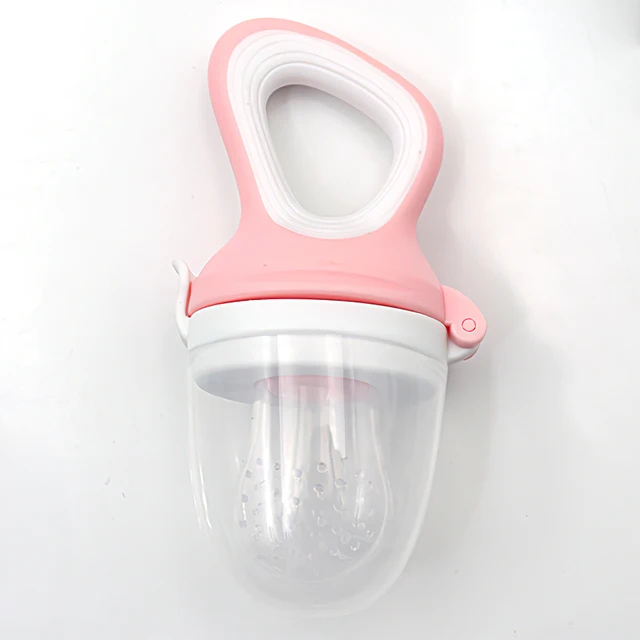 After that, the feeder can be attached to a tree or put on a pole and filled with food. nine0003
After that, the feeder can be attached to a tree or put on a pole and filled with food. nine0003
Twig cabin
By cutting branches of the same diameter, you can assemble a beautiful feeder-hut from them. If you have patience, you can even connect the branches using the log house technique by cutting grooves along the edges of the branches. The base can be made square or rectangular by cutting it out of a board or plywood. On it you need to fix several crowns of "logs" - branches, making a side. Instead of columns, make corners from branches using the log house technique and cover them with a gable roof of thinner branches. This feeder looks very nice and lasts a long time. nine0003
Where to place bird feeders
Feeders can be installed on garden trees, hanging them from a thick bough or fastened to the trunk, but in such a way as to be able to easily replenish food supplies. At the same time, you need to think about the safety of those for whom you are trying. Dogs should not reach the feeder. Alas, we will not be able to protect birds from cats that climb trees beautifully. But at least choose such models of feeders that will not become a trap for birds. If there are cats nearby, let the feeder be as simple as possible so that the bird can fly away from it in any danger. nine0003
Dogs should not reach the feeder. Alas, we will not be able to protect birds from cats that climb trees beautifully. But at least choose such models of feeders that will not become a trap for birds. If there are cats nearby, let the feeder be as simple as possible so that the bird can fly away from it in any danger. nine0003
If the bird dining room is placed so that it can be seen from the window, then you can watch the birds, it will be a great pleasure. But you should not install a feeder near the house - feathered friends are not neat, and the area around the feeder will be littered with leftover food and bird droppings.
Since the feeder constantly contains different products, their leftovers can deteriorate, becoming breeding grounds for bacteria and parasites. It is necessary to monitor the condition of the feeders, periodically clean them so that the birds that fly to them do not pick up any dangerous infection here. nine0003
How to fill the feeder
First of all, these are all kinds of cereals. Birds can be given rice, wheat, oats and oats, barley, corn, millet. Cereals are given both raw and boiled. It is better to mix several types or buy ready-made grain mixture for birds.
Birds can be given rice, wheat, oats and oats, barley, corn, millet. Cereals are given both raw and boiled. It is better to mix several types or buy ready-made grain mixture for birds.
Many birds like sunflower seeds: they are high in calories, they are high in fat, therefore they serve as an excellent source of energy. Before pouring sunflower seeds into the feeder, put a couple of handfuls in a plastic bag and go over it with a rolling pin to roll out the dough. After such processing, it will be more convenient for the birds to peck them. nine0003
To increase the calorie content of the feed, you can periodically add raw lard and meat to it, include fat in the feed. It is better to mix it with cereals. But do not overdo it with their quantity, fats should be given little by little. An excess of them can harm the liver of birds.
You can put in the feeder and bread, but only white. Black varieties of bread are contraindicated for birds; its use can lead to the death of birds as a result of intestinal volvulus. White bread is given both separately and as an ingredient in homemade feed mixtures. It consists of white bread and sunflower seeds, which are poured with vegetable oil and frozen. You can add a little low-fat cottage cheese and chopped eggshells to such food. nine0003
White bread is given both separately and as an ingredient in homemade feed mixtures. It consists of white bread and sunflower seeds, which are poured with vegetable oil and frozen. You can add a little low-fat cottage cheese and chopped eggshells to such food. nine0003
Bird feeder for a plastic bottle
What is prohibited?
The general requirements for bird food are that it cannot be salted, fried, seasoned or spices added. It is impossible to offer spoiled foods to birds: stale, moldy food, rancid fat, stale grain.
Salty foods are prohibited, since in birds salt is excreted from the body only by the kidneys. Salt excess will lead to their failure and death of birds. The birds themselves are illegible in food, so take a responsible approach to filling the feeders. nine0003
Under the ban and such cereals as millet. It does not have a shell, which is why the grain in a humid environment quickly oxidizes, accumulates toxins and bacteria dangerous to birds.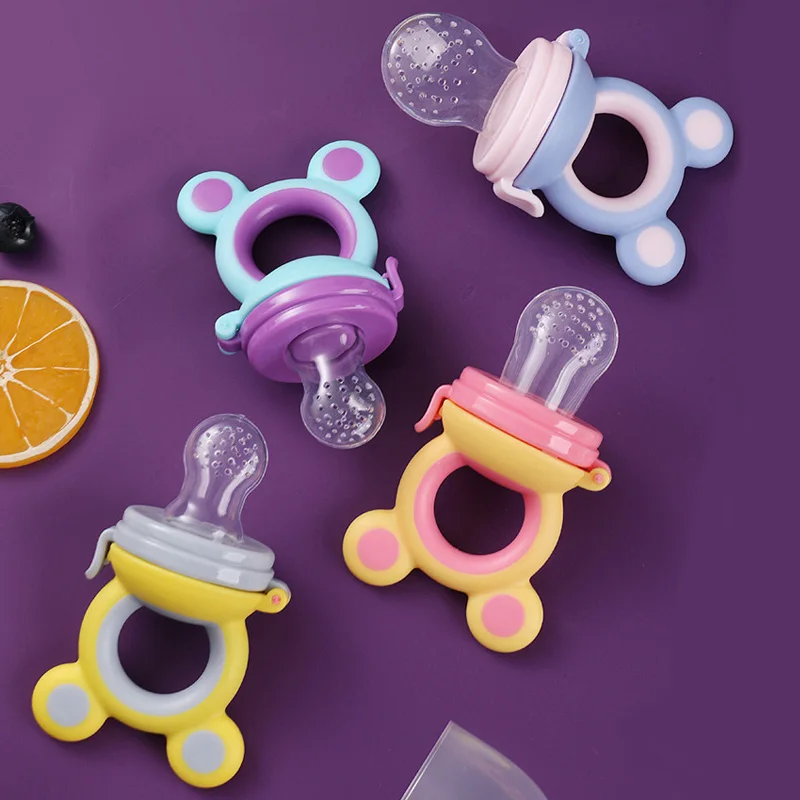 Do not put potatoes in the feeder. Raw potatoes contain solanine, which is deadly for birds, while boiled potatoes contain too much starch, which negatively affects digestion.
Do not put potatoes in the feeder. Raw potatoes contain solanine, which is deadly for birds, while boiled potatoes contain too much starch, which negatively affects digestion.
It is not recommended to pour dry or wet food for dogs and cats into bird canteens. It contains undesirable yeast and soy for birds. nine0003
Silicone or plastic: what's the difference and which kitchen utensils are safer?
- Articles
- Silicone or plastic: what's the difference and which kitchen utensils are safer?
Among the variety of kitchen utensils it is easy to get confused. If earlier we chose by size, shape and price, today manufacturers offer culinary gadgets in all colors of the rainbow of different designs. But there is something more important than the appearance of a kitchen accessory - the material. It is he who determines how comfortable and safe you can cook food and how long the selected gadgets will live in your kitchen before going to the trash can.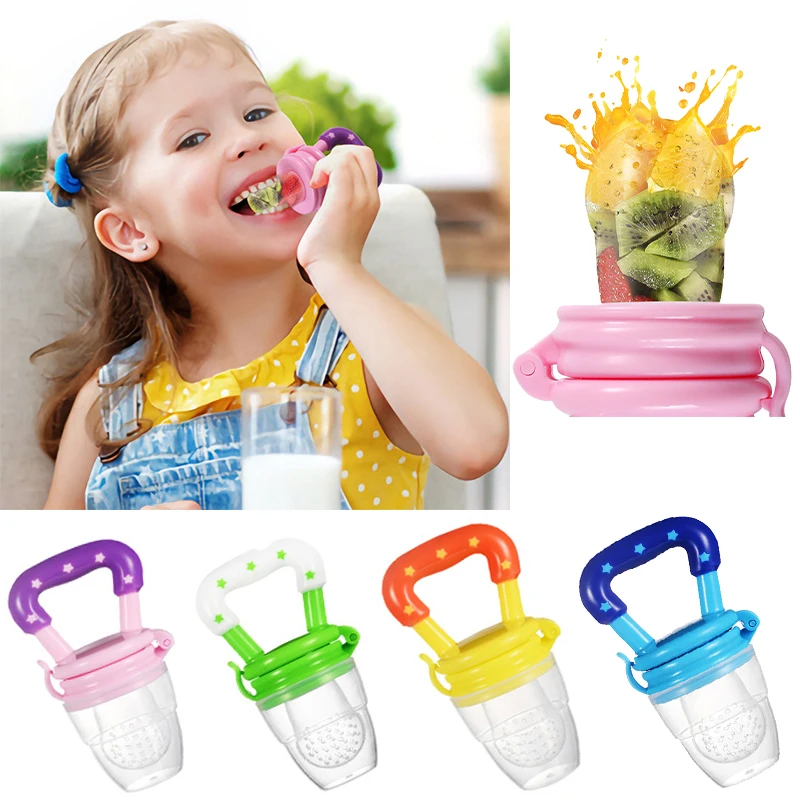 About how not to throw money away and protect your family from toxic kitchen utensils The Store of Permanent Sale tells right now. nine0003
About how not to throw money away and protect your family from toxic kitchen utensils The Store of Permanent Sale tells right now. nine0003
Polypropylene is the most popular plastic with various benefits for kitchen utensils. Containers made of polypropylene can be placed in a microwave oven, it is not destroyed by acids, alkalis, detergents and water. The material is tough enough to withstand daily wear and tear for extended periods of time, as well as being resistant to cracks and stress. All these qualities make plastic an ideal raw material for the production of food containers, spatulas, spoons, skimmers and pastry spatulas. nine0003
What is polypropylene afraid of? Pros and cons of material
Polypropylene is a cheap material, and therefore the price of such kitchen gadgets is lower than silicone ones. It has high flexural strength and impact strength, is resistant to moisture absorption, and a wide range of acids.
However, polypropylene has a high coefficient of thermal expansion, which limits its use at high temperatures. It breaks down under the influence of ultraviolet light, chlorinated solvents and aromatic compounds. It has poor adhesive properties and is highly flammable. nine0003
It breaks down under the influence of ultraviolet light, chlorinated solvents and aromatic compounds. It has poor adhesive properties and is highly flammable. nine0003
Silicone crockery and kitchen utensils: pros and cons
Silicone kitchen utensils have at least 5 undeniable advantages that you should be aware of:
- Temperature resistant
Silicone withstands very high temperatures, and therefore oven dishes and potholders are made from it, which can reliably protect hands from burns when in contact with a hot baking sheet. The best silicones start to melt at 300°, so if you leave a silicone spatula in the pan for a couple of minutes, it won't melt. nine0003
- Non-porous, hygienic, stain-free
There are no stains on silicone spoons and spatulas because the material has no pores. Feel free to stir the tomato sauce with a bright silicone spoon without worrying that it will be colored. This quality not only preserves the attractive appearance of ladles and skimmers, but also makes them easier to clean after culinary experiments. Compared to wooden spoons, which are porous and become a breeding ground for germs, silicone utensils are safer. The material does not absorb odors and liquids. All contaminants do not penetrate into the material, but accumulate exclusively on its surface, from where they are safely removed during washing and disinfection. nine0003
Compared to wooden spoons, which are porous and become a breeding ground for germs, silicone utensils are safer. The material does not absorb odors and liquids. All contaminants do not penetrate into the material, but accumulate exclusively on its surface, from where they are safely removed during washing and disinfection. nine0003
- Safety for delicate surfaces
Silicone spoons and spatulas are convenient when working with non-stick, enamel and glassware because they do not scratch or damage delicate pots and pans. Their flexibility becomes a big plus when cleaning containers from sauces, dough or jam.
- Inert and wear resistant
Food grade silicone is safe to use with any food. It does not react with acids and alkalis, does not emit harmful fumes. Stir sour compote or jam with a silicone spoon without worrying that malic acid will oxidize the material, and the dish will change its original taste. Due to its flexibility, it does not crack or break, and therefore lasts definitely longer than plastic competitors.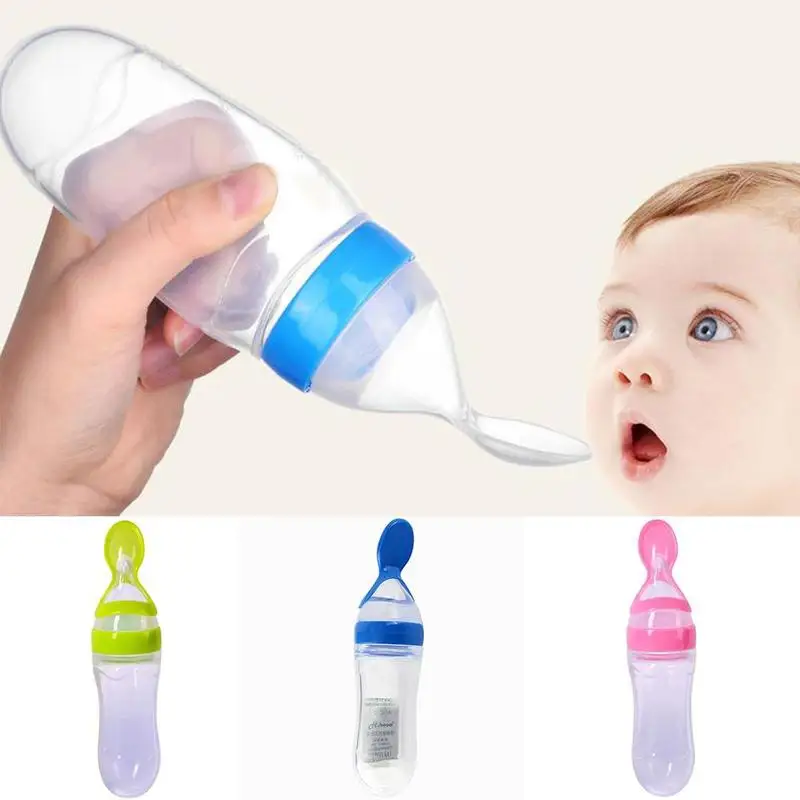 nine0003
nine0003
- Easy cleaning and disinfection
Silicone kitchen utensils can be boiled to kill any germs on their surface. The products can also be washed in the dishwasher.
What are the cons of silicone kitchen accessories? The only negative, which is also a plus, is flexibility. You have to choose your blades carefully, because products with a flexible edge will not be able to handle heavy products such as patties or chops. In this case, it is better to buy kitchen utensils with a rigid metal frame, dressed in silicone, or choose a spatula made of nylon, which is much tougher. nine0003
SATOSHI Etienne Slotted spatula, nylon
Art.: 881-216
Black Spatula, heat resistant nylon WH 1013-10
Art.: 881-245
SATOSHI Le Mans Spatula with slots, nylon, silicone
Art.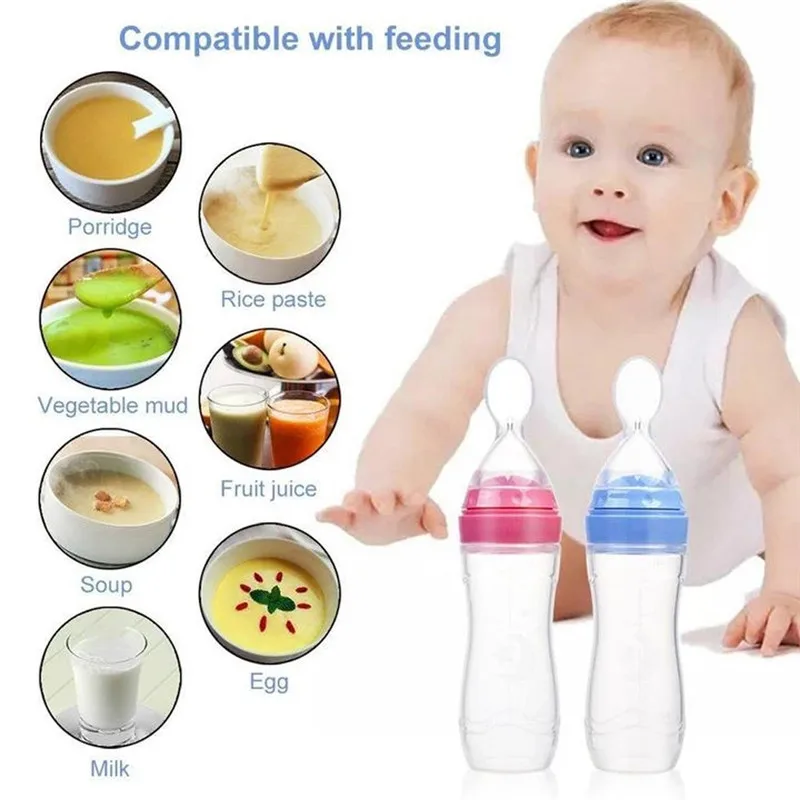 : 881-213
: 881-213
SATOSHI Premier Slotted spatula 35x9x6.3cm, nylon, stainless steel handle, plastic
Art.: 881-185
Silicone or plastic: which kitchen accessories are more durable and safer
Silicone products are more durable than plastic. They withstand extreme temperature fluctuations - from very low to high - without melting, cracking or otherwise decomposing. The temperature range of silicone is -55° to 300°.
Plastic does not know how, but its melting point is determined by the composition. PVC melts at 160-210°, and different types of HDPE at 210-270°. Polypropylene, which is a frequent guest in the kitchen in the form of spatulas and spoons, begins to melt at 160 °, and its recommended working temperature is 80 °. nine0003
Silicone resists oxidative wear for decades. Studies have shown that he is not afraid of aggressive chemicals, low and high temperatures, precipitation and ultraviolet radiation. When recycled, silicone (unlike plastic) turns back into inorganic, harmless ingredients: amorphous silicon dioxide, carbon dioxide, and water vapour. In addition, it is recyclable. It can be safely burned without emitting toxic gases. nine0003
When recycled, silicone (unlike plastic) turns back into inorganic, harmless ingredients: amorphous silicon dioxide, carbon dioxide, and water vapour. In addition, it is recyclable. It can be safely burned without emitting toxic gases. nine0003
When to use plastic spatulas and utensils
Plastic gadgets are good in many situations, but not in all. They melt easily on prolonged contact with hot surfaces such as a hot frying pan, the sides of pots, baking dishes, or boiling soup. As such, plastic is best suited for working at low temperatures away from the hob and oven. Only use plastic kitchen utensils for handling cold food. Bonus? They can be washed in the dishwasher and soaked in the sink because polypropylene is resistant to moisture absorption. nine0003
Set of 6 kitchen utensils, polypropylene
Art.: 881-056
Note to the hostess:
- Should I choose a mop with cotton or microfiber?
- Guide: how to choose the best pan
- Which cup has the most delicious coffee
When to use silicone kitchen accessories
Short answer: always! On the stove and in the oven, in the microwave and in the microwave, silicone cooking utensils are so versatile that they will become your best assistants during cooking.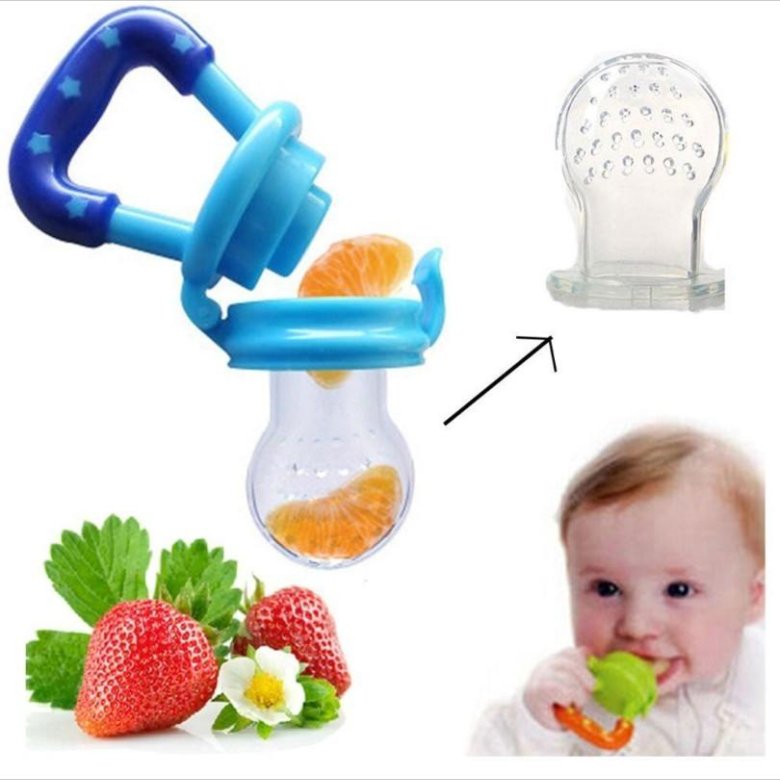 See for yourself:
See for yourself:
- Silicone oven mitts and coasters
Put on a silicone mitt to take a glass or ceramic dish out of the oven, or use it to protect your hands from hot splashes when frying in a pan or boiling a bubbling dish over high heat. Place the hot baking sheet directly on the hot plate - nothing will happen to it, because it can withstand temperatures up to 250 °. nine0003
VETTA Hot plate, silicone, d18cm, honeycomb, 3 colors
Art.: 891-298
VETTA Glove 26x19cm, silicone, 3 colors
Art.: 891-287
VETTA Heat resistant baking mat, silicone, 38x28x0.1cm, 3 colors, HS-012
Art.: 891-045
VETTA Heat-resistant silicone pot holder, 3 colors
Art.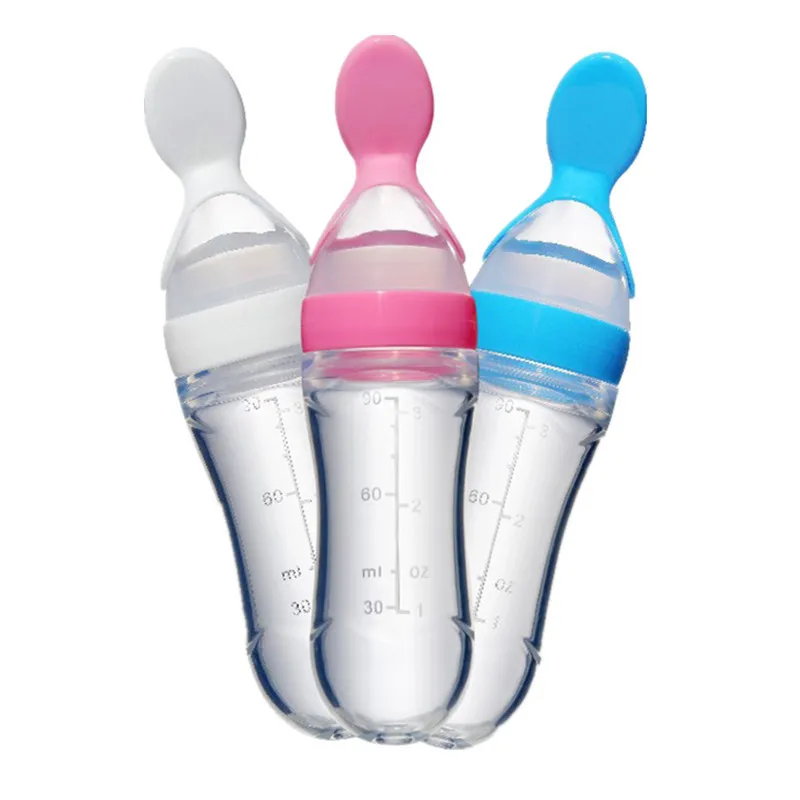 : 891-032
: 891-032
- Dough rolling mats and rolling pins
Tired of playing with sticky dough and using "tons" of flour to keep it from sticking to your hands and rolling pin? The feature of silicone confectionery accessories is poor adhesion. The dough does not stick to either the rolling mat or the rolling pin, and therefore you will no longer need mountains of flour. Also use a pastry mat instead of parchment paper on a baking sheet or as a coaster. nine0003
Rolling pin mini, 23x4cm, 3 colors, silicone, polypropylene
Art.: 891-324
Silicone mat for rolling dough, 50x40cm, 3 colors
Art.: 891-304
VETTA Silicone rolling pin 43x5cm, 3 colors, HS-RP003
Art.: 891-071
SATOSHI Alion Dough rolling pin 49.![]() 5x5cm, silicone
5x5cm, silicone
Art.: 856-107
- Silicone baking molds
Yes, silicone will not give such a lush crumbly dough as metal, but it is very easy for beginners to bake in it. Wait for the mold to cool and simply turn it inside out to remove the confection. Soak in warm water and remove dirt with a soft sponge. Everything is extremely simple. In addition, you can buy silicone baking molds of different shapes for cupcakes, muffins and cakes in the form of original figures. nine0003
VETTA Silicone mold 8 cells, 28x21x3cm, "Bee", 3 colors, HS-120315
Art.: 891-075
VETTA Silicone mold 25x6cm, round on met. stand, 3 colors, HS-305
Art.: 891-020
VETTA Silicone mold 25.4x6cm, "Loaf", 3 colors, HS-003
Art. : 891-019
: 891-019
VETTA Silicone mold 12 cells, 33.5x24x3cm, "snowflake shape", 3 colors, HS-097A
Art.: 891-006
- Silicone pastry accessories
Oil pastries directly in the oven with a silicone brush, without worrying that it will melt, add a chemical smell to the dessert or absorb oil. Blades-knives also allow you to cut pies in the heat without waiting for them to cool completely.
VETTA Baking set 2sp (tassel 17cm, spatula 19cm), silicone, 3 colors
Art.: 891-300
VETTA Silicone spatula 27cm, 3 colors, HS9921
Art.: 891-056
VETTA Silicone spatula, 3 colors, HS-SP09S
Art.: 891-038
VETTA Silicone brush, 3 colors
Art. : 856-128
: 856-128
- Lids for cups and pots
In order for herbal tea to be fully brewed in a mug, it must be covered with a lid. If it is made of plastic, the drink will acquire a specific smell and taste. With silicone, everything is different - absolutely safe brewing of tea. The same goes for cooking on the stovetop. Cover the pot with a non-boiling lid to speed up the boil but prevent water from running out of the pot. nine0003
VETTA Silicone mold for pancakes, meatballs and eggs, d=23cm
Art.: 891-325
VETTA Silicone mold for ice 20x12cm, 37 cells, "Honeycombs", 3 colors
Art.: 891-294
VETTA Mug Lid, Silicone, 10.5cm, Butterfly, 3 colors
Art.: 891-290
VETTA Non-evaporating lid, silicone, d26cm, 3 colors
Art.